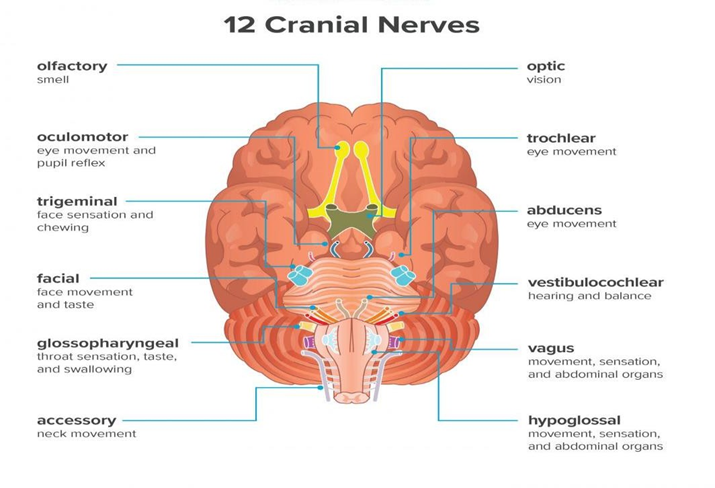A nurse is assessing a client who received a purified protein derivative (PPD) skin test 48 hr ago and notes erythema with induration of 12 mm at the injection site. Which of the following instructions should the nurse provide to the client?
"You will need to have the skin test annually."
"You will need to follow up with your provider."
"You will need to return in 48 hours for re-evaluation."
"Your test will need to be repeated at this time."
The Correct Answer is B
B. The client's PPD skin test result of 12 mm induration is considered positive for individuals who are at increased risk of tuberculosis, such as those with recent exposure to tuberculosis or immunocompromised individuals. A positive PPD result typically requires follow-up with a healthcare provider for further evaluation, which may include chest X-rays, sputum cultures, and treatment for latent tuberculosis infection if indicated.
A. Annual PPD testing may be indicated for certain populations, such as healthcare workers or individuals at high risk of exposure to tuberculosis. However, the decision to repeat the PPD test annually should be based on individual risk factors and healthcare provider recommendations.
C. The PPD skin test is typically read 48-72 hours after administration to assess for induration.
D. A PPD skin test result of 12 mm induration is considered positive for individuals at increased risk of tuberculosis, but it does not necessarily indicate that the test needs to be repeated immediately.
Nursing Test Bank
Naxlex Comprehensive Predictor Exams
Related Questions
Correct Answer is B
Explanation
Clients with nephrotic syndrome should have low to normal protein diet. This is because high protein diet damages the nephrons worsening the renal insufficiency in nephrotic syndrome.
High potassium, phosphorus diet is not recommended
Adequate carbohydrate intake is key.
Correct Answer is C
Explanation
C. The vestibulocochlear nerve is responsible for both the vestibular function and the cochlear function. Impaired function of the vestibulocochlear nerve could result in symptoms related to vestibular dysfunction, such as disequilibrium (feeling unsteady or off balance) especially with movement.

A. The olfactory nerve (cranial nerve I) is responsible for the sense of smell.
B. Loss of peripheral vision is typically associated with impairment of the optic nerve (cranial nerve II), which is responsible for vision.
D. Deviation of the tongue occurs in injury to the hypoglossal nerve.
Whether you are a student looking to ace your exams or a practicing nurse seeking to enhance your expertise , our nursing education contents will empower you with the confidence and competence to make a difference in the lives of patients and become a respected leader in the healthcare field.
Visit Naxlex, invest in your future and unlock endless possibilities with our unparalleled nursing education contents today
Report Wrong Answer on the Current Question
Do you disagree with the answer? If yes, what is your expected answer? Explain.
Kindly be descriptive with the issue you are facing.
